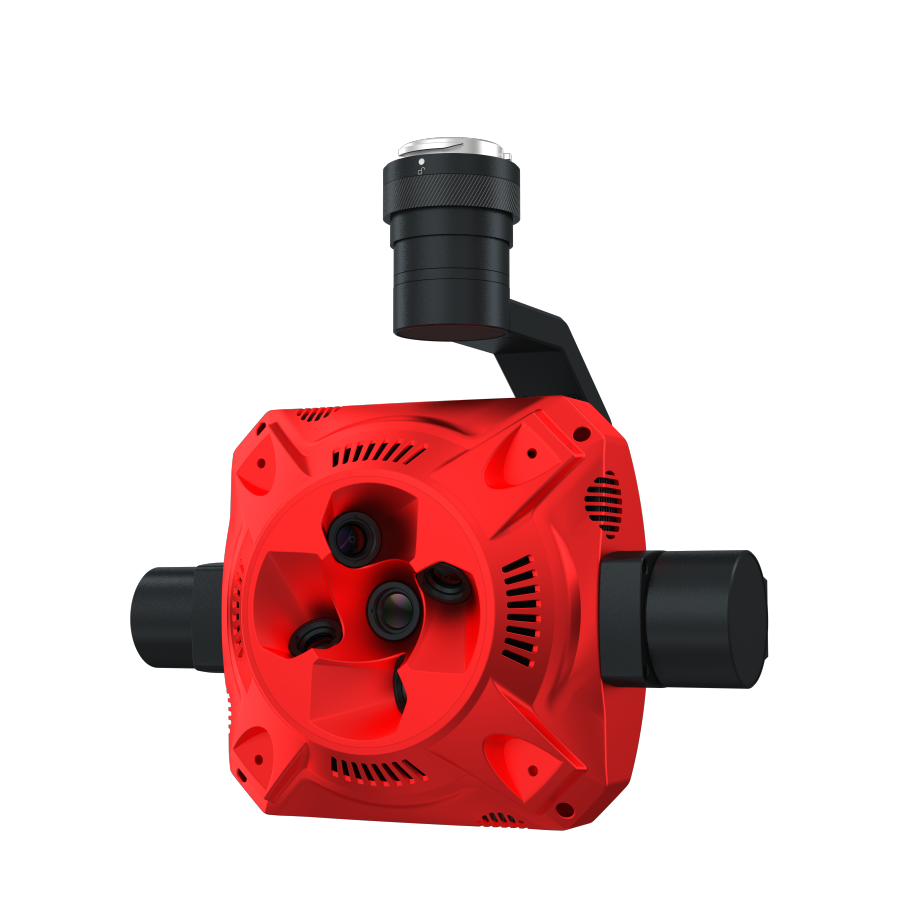Quadruped Robot
A four-legged robot designed to mimic the movement and functionality of animals. Quadrupeds like the Unitree Go2 can be used for industrial inspections, public safety, and even in hazardous environments.
The field of robotics has evolved rapidly over the past few decades, giving rise to machines that can replicate the complexity and dynamism of living beings. Among these, quadruped robots stand out for their unique design and versatility. Understanding terms like "Quadruped Robot" is vital for grasping the potential these machines hold in various sectors, from industrial applications to disaster response.
What is Quadruped Robot?
A quadruped robot is a four-legged robot designed to mimic the movement and functionality of animals. These robots, such as the Unitree B2 and Go2, are engineered to navigate diverse terrains and perform complex tasks effectively. Their four-legged structure allows for stability and balance, much like that of their biological counterparts, making them suitable for a range of practical applications, including inspection, surveillance, and operation in hazardous environments.
Key Concepts
Dynamic Stability: Quadrupeds employ advanced algorithms to maintain balance while moving, especially on uneven terrains.
Locomotion Types: Various walking patterns can be programmed, including trotting, jumping, and navigating obstacles.
Artificial Intelligence: Many quadruped robots incorporate AI systems to adapt their movements and decisions based on real-time environmental feedback.
Sensors and Cameras: Equipped with various sensors, quadrupeds can perceive their surroundings, aiding in navigation and task execution.
Applications and Relevance
Industrial Inspections: Quadruped robots can access hard-to-reach areas, making them invaluable in inspecting pipelines and infrastructure.
Public Safety: Used by law enforcement and security agencies, they can assist in surveillance and reconnaissance missions.
Search and Rescue Missions: In disaster scenarios, these robots can navigate through rubble and hazardous environments to locate survivors.
Agriculture: Quadruped robots can be employed in farming tasks, such as monitoring crop health and automating certain farming practices.
Challenges and Considerations
Cost: The development and maintenance of quadruped robots can be expensive, limiting their widespread adoption.
Terrain Limitations: While adept at many environments, they can struggle with very soft or slippery surfaces.
Power Consumption: Efficient energy usage is a concern since movement can drain power sources quickly during extended operations.
Ethical Considerations: The integration of robots in certain scenarios raises questions about job displacement and surveillance ethics.
Future Trends and Innovations
Advanced AI: Continued improvements in AI will enhance the autonomous decision-making capabilities of quadruped robots.
Collaborative Robots: Future quadrupeds may work alongside humans, providing support in tasks that require both human creativity and robotic precision.
Miniaturization: Smaller quadruped robots will emerge for more specific tasks, offering flexibility and adaptability in various environments.
Enhanced Mobility Features: Innovations will lead to improvements in leg design and movement efficiency, allowing for more agile responses.
Quadruped robots signify a remarkable intersection of engineering, AI, and practical application in the modern world. Their ability to navigate complex environments and carry out critical tasks positions them as essential tools in sectors ranging from industry to emergency services. Understanding these robotic entities not only highlights their significance but also underscores their potential to advance technology and address real-world challenges effectively.














